

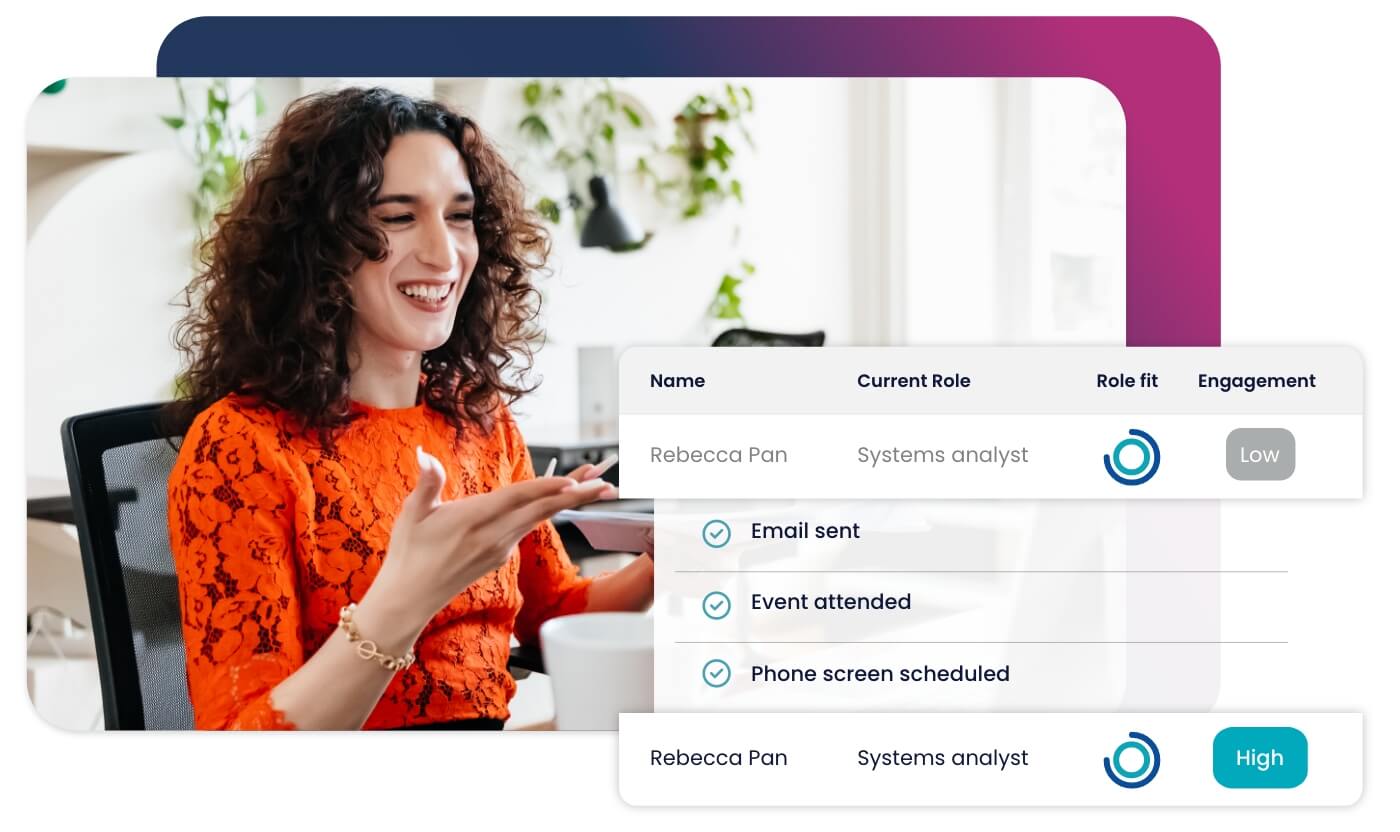
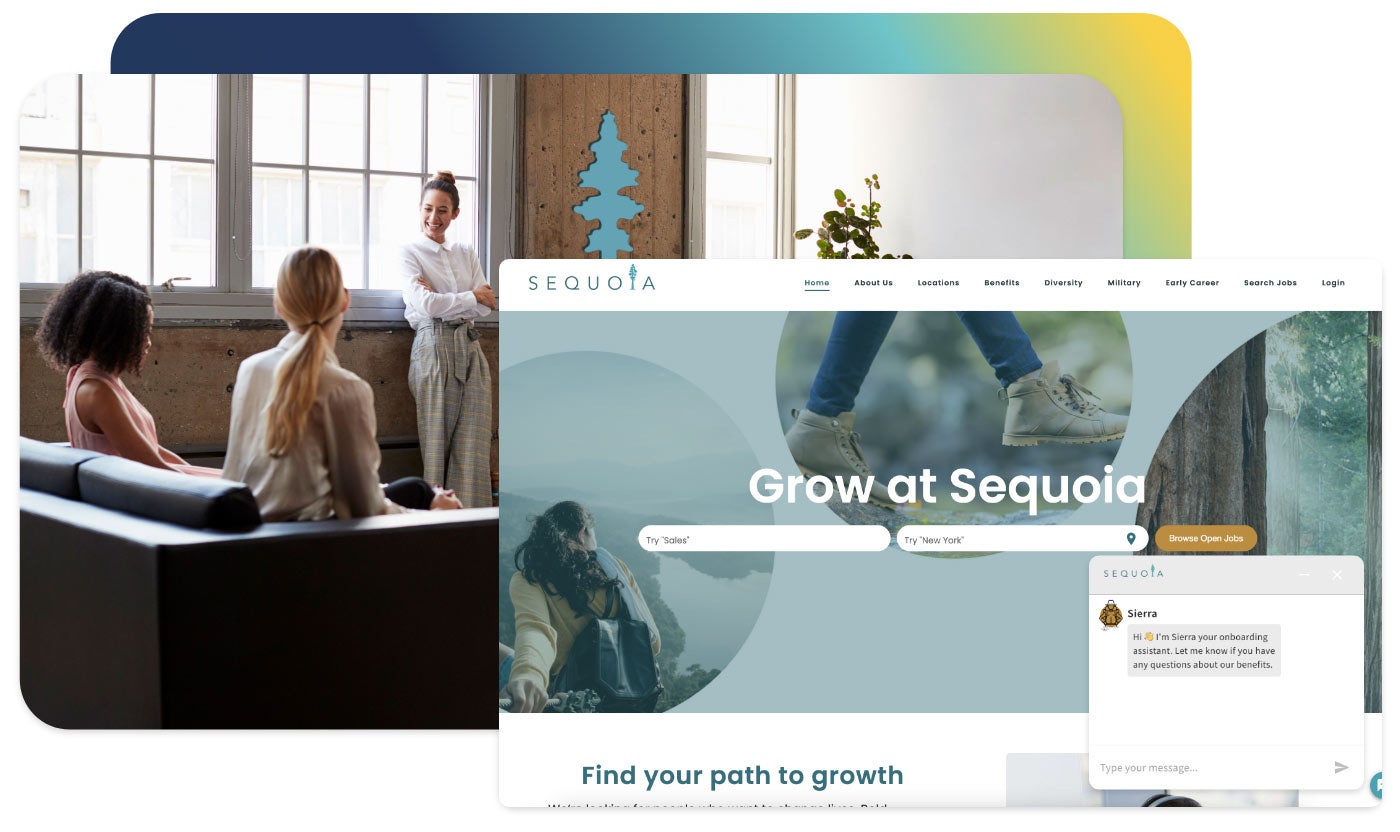


Accelerate hiring key talent to deliver care and exceed patient satisfaction.

Attract skilled candidates, speed up hiring and grow expertise in your workforce.

Simplify recruiting finance and banking talent with a platform for hard-to-fill roles.


Build a talent pipeline that engages and drives your business forward.


See how diverse and global enterprises use iCIMS to employ millions, drive innovation and connect communities worldwide.

Learn how a beloved restaurant hires 40,000+ annually with a great candidate experience.
Uncover unique market insights, explore best practices and gain access to talent experts across our library of content.


View press releases, media coverage, the latest hiring data and see what analysts are saying about iCIMS.

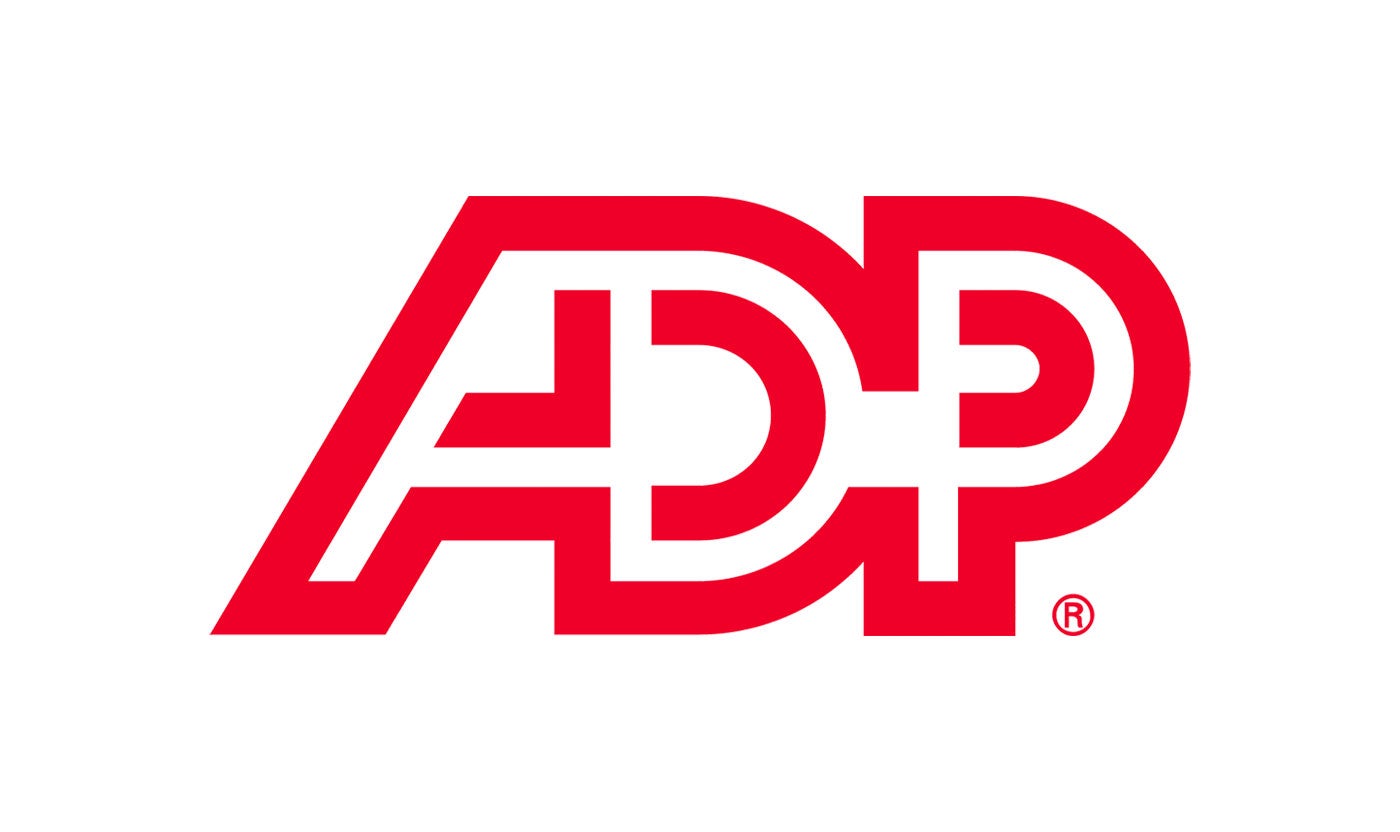
Streamline your tech stack and take advantage of a better user experience and stronger data governance with ADP and iCIMS.
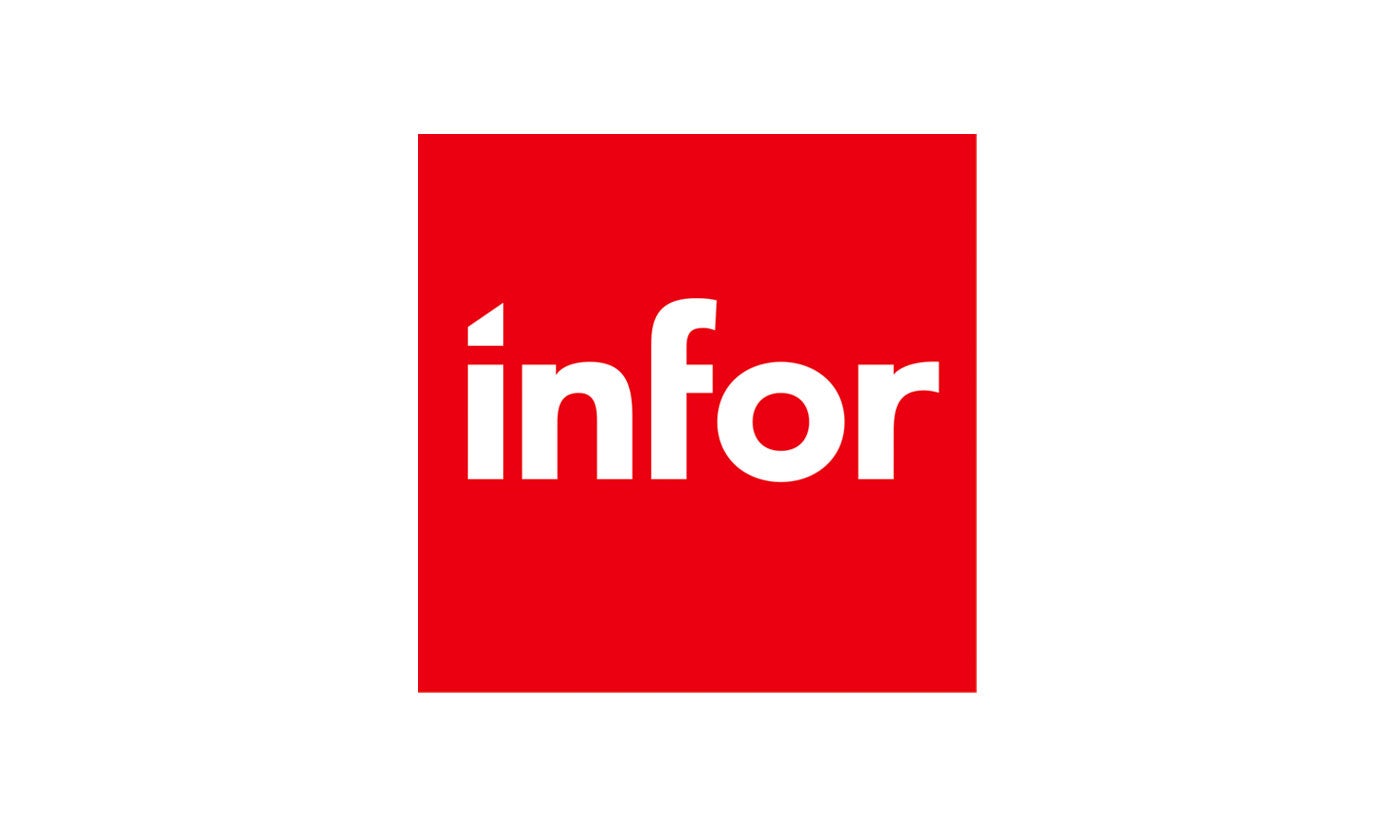
The combined power of iCIMS and Infor helps organizations strategically align their business and talent objectives.
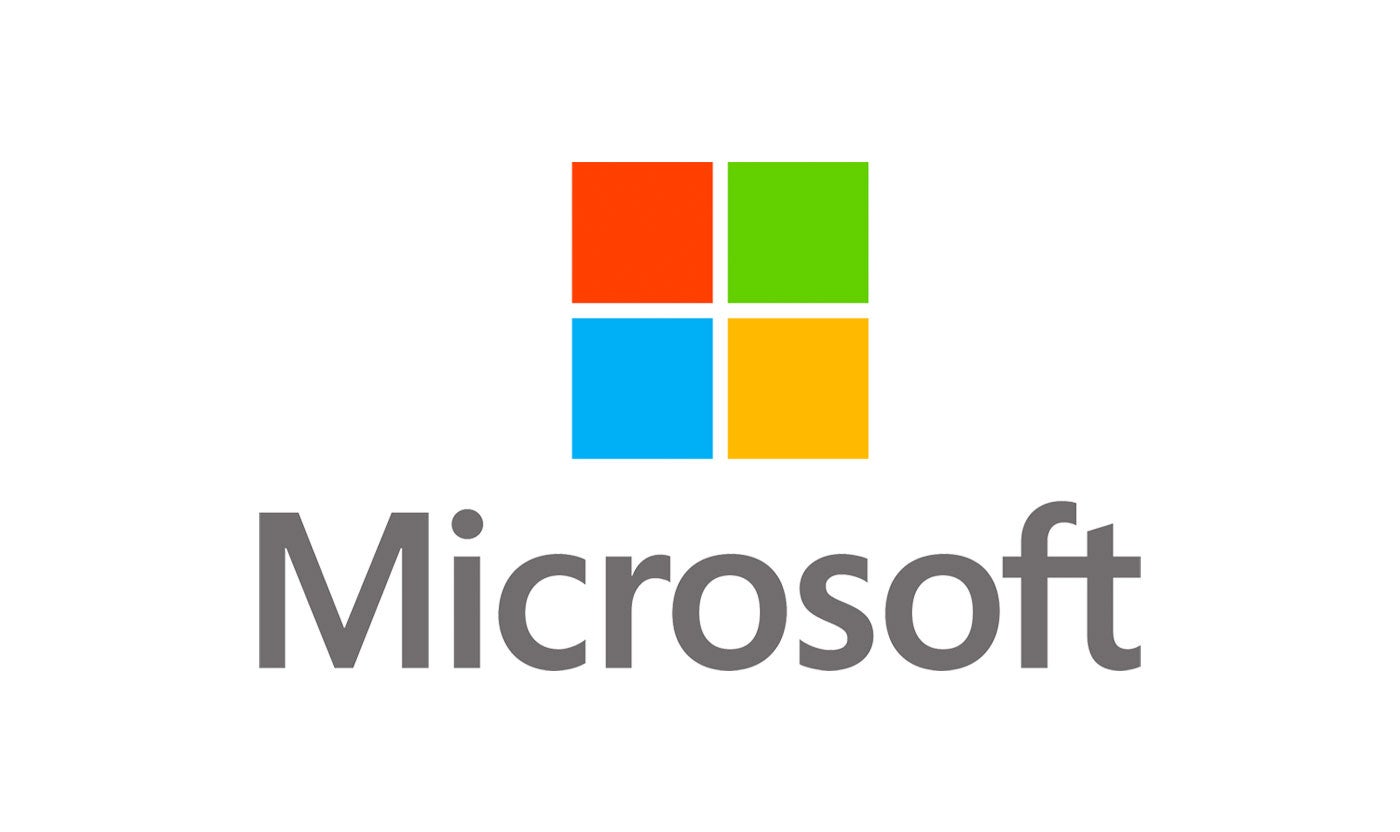
Our award-winning partnership with Microsoft is grounded in a shared desire to transform the workplace and the hiring team experience.
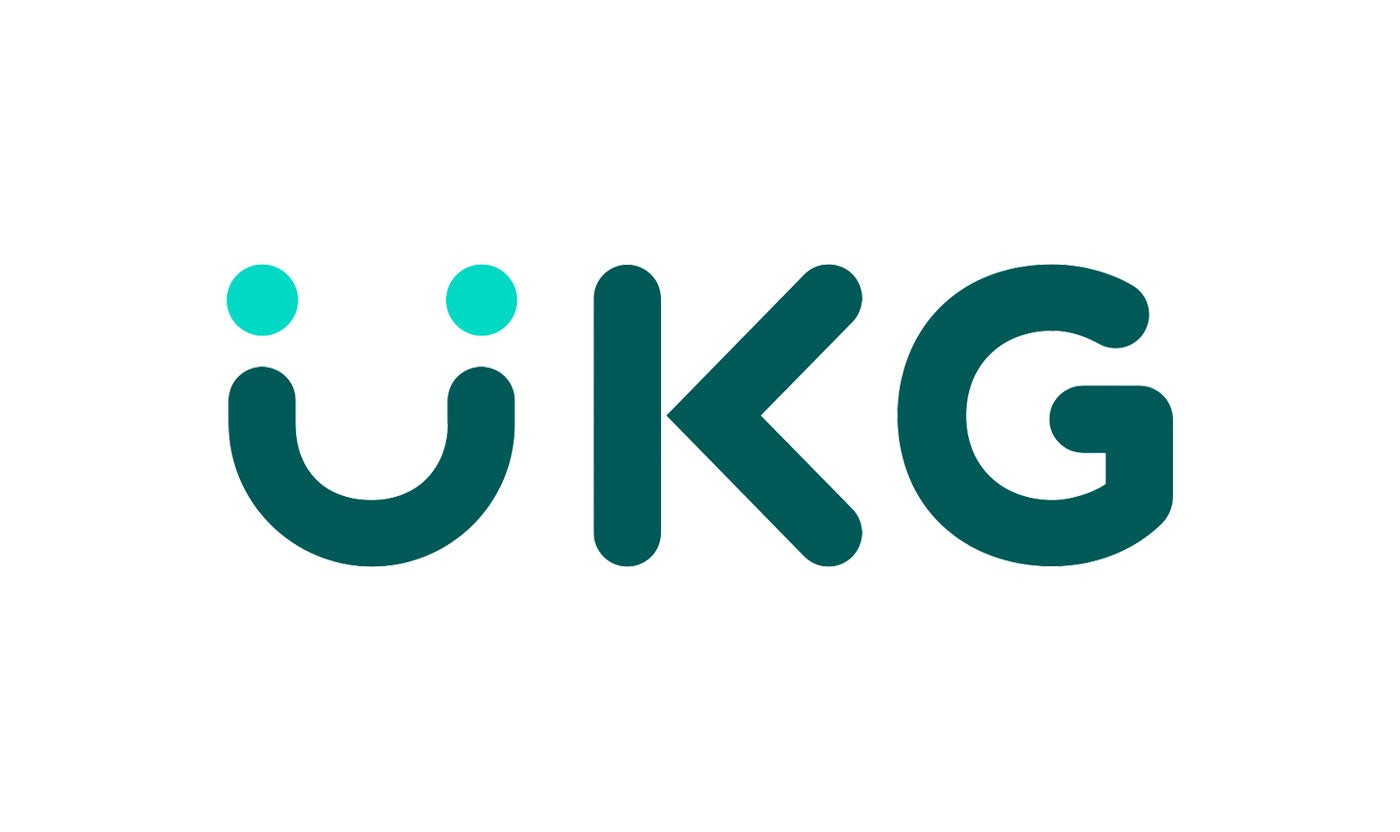
Our partnership with Ultimate Kronos Group (UKG) supports the entire talent lifecycle by bringing frictionless recruiting solutions to UKG Pro Onboarding.

For years we’ve been hearing about the RN shortage and its impact on healthcare recruiting. Not only is today’s demand up, many RNs are aging out of the workforce themselves. As a result, one million nurses are expected to retire by 2030. Add in burnout and early retirements due to the pandemic, and you might as well call it a perfect storm.
This places an extra emphasis on the importance of hiring the right people. In a candidate’s market, that means offering a streamlined healthcare recruiting experience. Here’s how to do it.
About one in five nurses look forward to going to work. The level of burnout is so high, many nurses are considering moving to non-patient care, leaving the profession, or retiring sooner.
Turnover is inevitable. Your talent pipelines protect your business from going without the talent you need. This starts with a strong candidate relationship management (CRM) system.
Healthy talent pipelines ensure recruiters always have qualified candidates who are interested and ready to interview. This reduces your workload when roles open up on short notice, saving your time and money.
Your career site isn’t always a job seeker’s first impression of your company. But it is the face of your company, a cultivated experience designed to excite, inform, and encourage applications.
Did you know 75% of healthcare candidates apply to high-churn jobs like medical assistants?
Filling more niche, specialized healthcare roles is more challenging because the volume of qualified candidates is much lower. In other words, don’t just limit yourself to a one-size-fits-all career site. Targeted career sites offer a more tailored experience that shows relevant candidates you’re serious about the position.
Here are a few ideas to improve your career site experience:
The humble job description may not seem all that important. Roles grow and change over time. For example, I know what my job is and what’s expected of me. But I couldn’t tell you what my job description says if my life depended on it. I suspect most of us are in the same boat.
A better job description focuses on the big picture. It outlines a vision, mission, and culture. It describes how a successful employee acts, not just what they do day to day. They’re written to a very specific candidate, but are inclusive and welcoming to all people.
[For more on healthcare recruiting with mission and vision, see What we do matters: Talent teams make essential healthcare possible.]
Earlier, we talked about how new hires who don’t mesh with your organization can exacerbate already high turnover rates. The solution there is to emphasize your culture and mission. Check and check.
Now let’s say you found your next all-star hires. They’re great fits and eager to get started. Digital onboarding builds on their excitement by reinforcing the culture and mission that brought them to you in the first place. The result is engaged employees who bought in and set up for success. This leads to longer tenures and happier, healthier employees.
That’s great for candidates. But what about you? When onboarding is efficient, organizations save money by reducing time spent on administrative tasks. Just ask Novant Health, which sped up onboarding by 9% and saves $300,000 per year as a result.
[Looking for more onboarding tips and tricks? See How successful onboarding kickstarts employee engagement and retention.]
Healthcare professionals spend a lot of time on their feet. They work long shifts at all hours, meaning they likely aren’t behind a desk when you are. That can make playing email or phone tag tricky. Texting offers a strong alternative. It’s quick, it’s personal. It can be direct one-to-one or automated. Response rates are typically far higher than email.
Take Trilogy Health Services for example. Texting has boosted their candidate response rate to 44% and the average response time is one hour. Better still, Trilogy has successfully reengaged former employees. Their “boomerang” employee campaign gets a 50% response rate, leading to strong numbers of rehires.
As an employer, your goal is of course to lock down candidates as quickly as possible. This is where offer management software comes in handy – it streamlines the process, cuts through red tape, and makes negotiations easier.
Healthcare recruiters work in two different worlds. One with high-volume, high-churn roles. The other with high-touch, hyper-specialized roles where candidates are fewer. They need recruiting solutions capable of filling both.
To get the most out of your healthcare recruiting, you need an applicant tracking system that can support high volume hiring, source niche talent, and move healthcare provider (HCP) and non-healthcare provider candidates (e.g. tech support, office admins) through the hiring process.
Moving to the iCIMS Talent Cloud is easier than you might think, even for the largest, most complex healthcare organizations. Just ask Hackensack Meridian Health, which successfully migrated to iCIMS while completing a merger and hiring of 4,000 new employees.
They’re not alone in their success. Since switching to iCIMS from Workday Recruiting, NorthStar Anesthesia fills 50% more roles per month, dropped their physician vacancy rate by 40%, and gained back two hours of productivity per recruiter, per day.
Then there’s Jefferson Center, which cut their time to fill by two months and spends $2,000 less per hire than the national average.
Healthy talent pipelines ensure recruiters always have qualified candidates who are interested and ready to interview. This reduces your workload when roles open up on short notice, saving your time and money.
Here’s an easy model to building and engaging healthy talent pipelines:
[For more on building strong talent pools, see The definitive guide to building your pipeline.]
Looking for more information about healthcare recruiting? Check out our applicant tracking system (ATS). It’s got a quick-hit list of solutions. You can also submit to see a demo from there.




